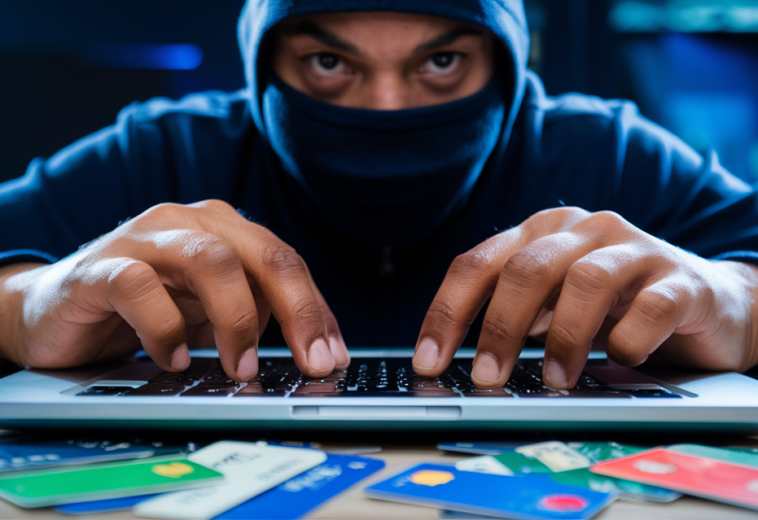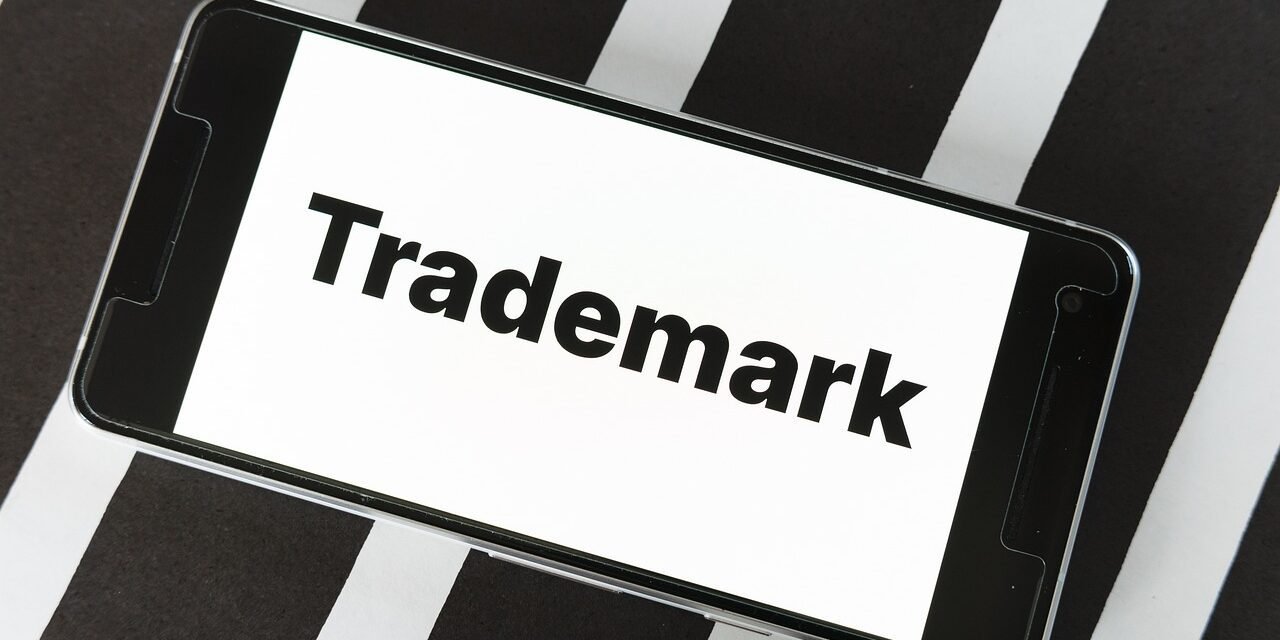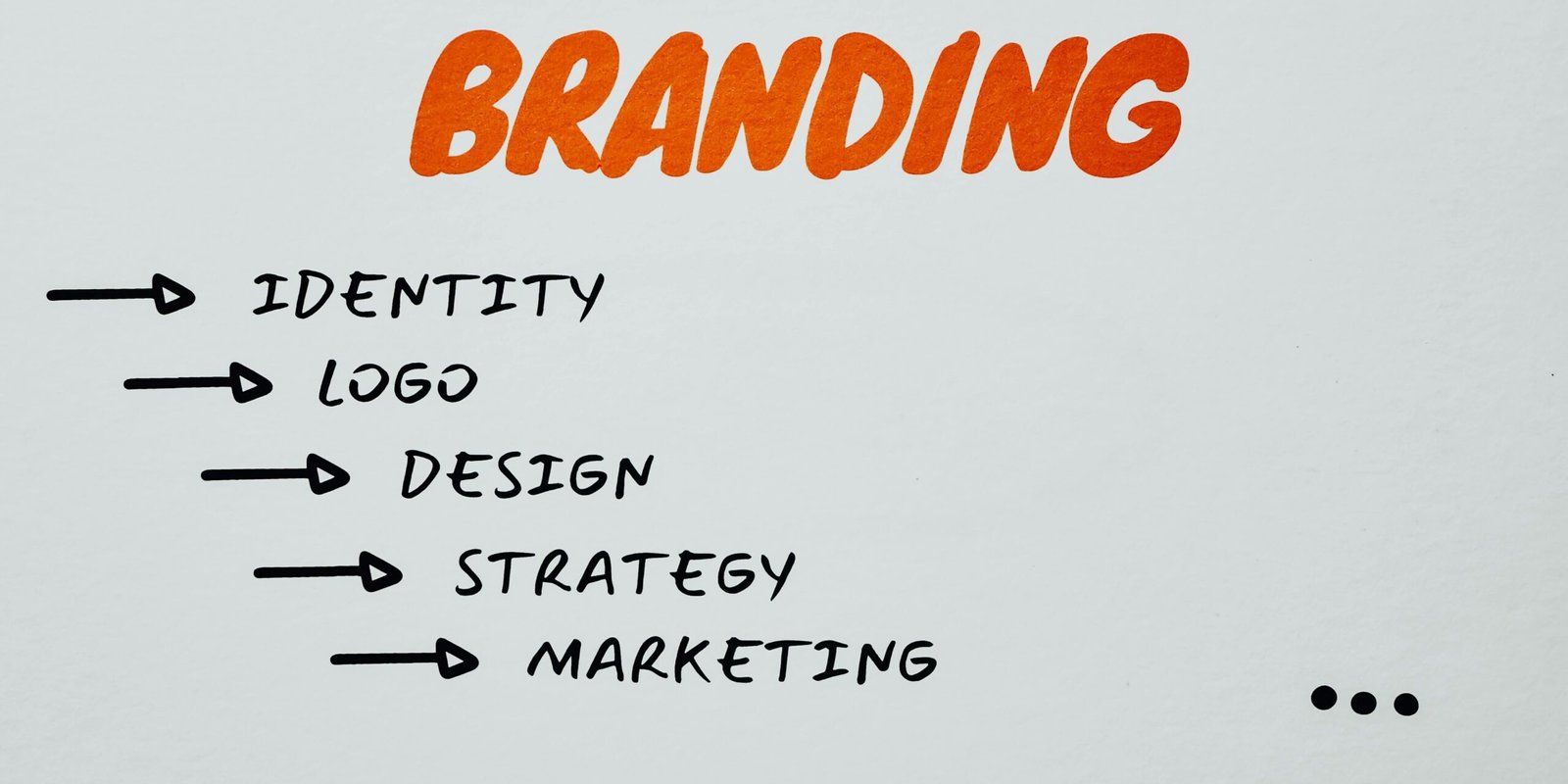What is Carding Fraud?
What is Carding Fraud?
Introduction
In the realm of cybercrime, carding fraud stands out as a particularly insidious form of financial theft. This fraudulent activity involves the unauthorized use of credit card information, often leading to significant financial loss for victims and substantial challenges for businesses and financial institutions. In this post, we will explore what carding fraud is, how it works, the impact it has, and how individuals and businesses can protect themselves against it.
Understanding Carding Fraud
Carding fraud refers to the illegal use of stolen credit card information to make unauthorized purchases or withdraw money. This type of fraud is typically conducted by cybercriminals who obtain credit card details through various means, such as data breaches, phishing schemes, or by purchasing information from illegal marketplaces on the dark web.
How Carding Fraud Works
-
Acquisition of Credit Card Information
-
Data Breaches
Cybercriminals often target businesses and financial institutions, hacking into their systems to steal large volumes of credit card information. Notable data breaches, like those affecting major retailers and banks, have exposed millions of credit card details.
-
Phishing
Phishing schemes involve tricking individuals into providing their credit card information through fraudulent emails, websites, or phone calls that appear legitimate.
-
Skimming
Skimming devices can be attached to ATMs, gas pumps, or point-of-sale terminals to capture credit card information when individuals swipe their cards.
-
Dark Web Markets
Stolen credit card details are frequently sold on the dark web, where cybercriminals can purchase them in bulk for relatively low prices.
-
Testing the Cards
Once cybercriminals obtain credit card details, they typically engage in “carding” activities to test the validity of the cards. This process involves making small purchases or donations to see if the cards are still active. Automated scripts or “bots” are often used to speed up this process.
-
Executing Fraudulent Transactions
After validating the cards, cybercriminals proceed to make unauthorized purchases or withdraw cash. These transactions can range from small, inconspicuous purchases to large, high-value items that can be quickly resold for profit.
-
Money Laundering
To avoid detection, fraudsters often use various money laundering techniques. This can involve purchasing gift cards, cryptocurrencies, or reselling goods to convert stolen funds into untraceable forms.
Impact of Carding Fraud
-
Financial Losses
-
For Consumers
Victims of carding fraud may face unauthorized charges on their credit cards, leading to financial stress and the need to dispute the charges with their banks.
-
For Businesses
Businesses that fall victim to carding fraud can suffer significant financial losses due to chargebacks, where banks reverse the fraudulent transactions. This not only affects the business’s revenue but can also lead to increased transaction fees and higher insurance premiums.
-
Reputation Damage
Both consumers and businesses can experience damage to their reputations. Consumers might feel violated and lose trust in businesses that fail to protect their information. Conversely, businesses might suffer a loss of customer confidence and loyalty, potentially resulting in decreased sales.
-
Operational Disruption
Businesses affected by carding fraud may need to invest time and resources into investigating the fraud, enhancing security measures, and managing customer relations. This can divert attention from core business activities and lead to operational inefficiencies.
How to Protect Against Carding Fraud
-
For Consumers
-
Monitor Your Accounts
Regularly check your bank and credit card statements for any unauthorized transactions. Promptly report any suspicious activity to your bank.
-
Use Strong Passwords
Ensure your online accounts are secured with strong, unique passwords. Consider using a password manager to keep track of them.
-
Enable Two-Factor Authentication (2FA)
Activate 2FA for your online accounts to add an extra layer of security. This requires a second form of verification in addition to your password.
-
Be Wary of Phishing Scams
Be cautious of unsolicited emails, messages, or phone calls requesting your personal information. Verify the legitimacy of the request by contacting the company directly.
-
For Businesses
-
Implement Robust Security Measures
Invest in advanced security technologies, such as encryption and tokenization, to protect customer data. Regularly update your systems to address vulnerabilities.
-
Conduct Regular Security Audits
Perform regular security audits and vulnerability assessments to identify and mitigate potential threats.
-
Educate Employees
Train your employees to recognize and respond to potential security threats, including phishing scams and suspicious transactions.
-
Monitor Transactions for Fraudulent Activity
Implement transaction monitoring systems that can detect and flag suspicious activities. Utilize machine learning algorithms to identify patterns indicative of carding fraud.
Legal and Regulatory Measures
-
Compliance with PCI DSS
The Payment Card Industry Data Security Standard (PCI DSS) is a set of security standards designed to protect credit card information. Businesses that handle credit card transactions must comply with PCI DSS requirements to safeguard customer data.
-
Reporting Fraud
Report any instances of carding fraud to the relevant authorities. Timely reporting can help in the investigation and prosecution of cybercriminals.
Conclusion
Carding fraud is a serious and pervasive threat in the digital age. Understanding how it works and taking proactive steps to protect yourself and your business can mitigate the risks associated with this type of fraud. By staying vigilant, implementing strong security measures, and adhering to legal standards, you can safeguard against the financial and reputational damage caused by carding fraud. Always monitor your accounts, educate yourself and your employees, and report any suspicious activities to the appropriate authorities.
- 228 views





